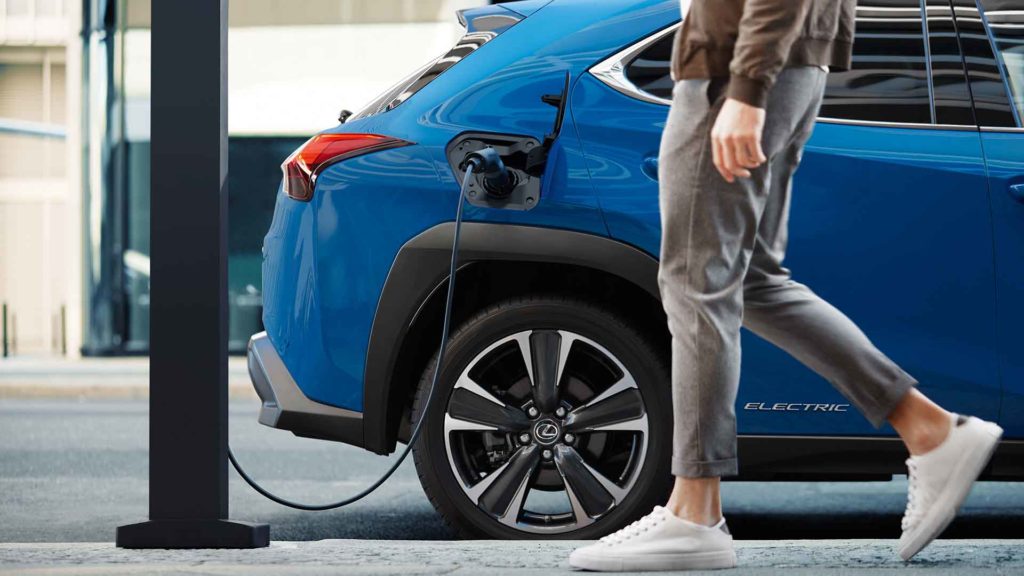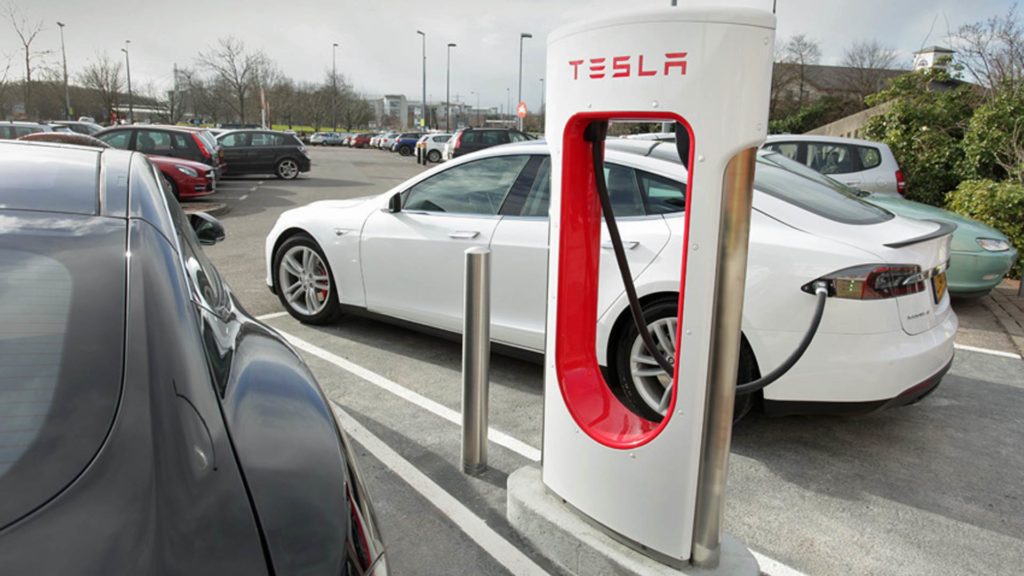Three questions dominate the discourse when it comes to electric car batteries: how much range do they offer, how long will they last, and what happens to them when they are replaced? We answer the first point here and the second one here. In this guide, we focus on what happens to old electric car batteries.
So, what use is that hefty block of lithium-ion cells when it no longer offers enough useful range in an electric car? Plenty of use, actually…
A second life for EV batteries
There are genuine opportunities to make use of batteries that have had their day powering an EV.
By this stage, perhaps a decade down the line, their capacity may be depleted by 30 percent. As a result, loss of range can become an issue, forcing EV owners to charge more often – possibly away from the convenience of home.

In a less demanding environment than inside a car, however, these batteries still offer plenty of potential. For example, they could store the energy produced by domestic solar panels during the daytime, allowing it to be used at night (perhaps even to recharge an electric car).
That idea works equally well in a house as a commercial building or hospital. It seems like a great solution, encompassing both recycling and storage of electrical energy. But it will take work to implement on a grand scale.
Batteries from electric cars vary in their design and chemistry, so considerable effort is required to refurbish them before they can be used for power storage.
Most car manufacturers have established links with companies that can move this idea forward. It’s likely you will find that all Audi electric car batteries go to one source, Renault EV batteries to another, and so on.
Then there’s the familiar issue with the falling cost of technology. New batteries will get cheaper and the cost difference between new and used will diminish. If new batteries reach a point where there is no financial advantage to using a recycled battery with diminished capacity, reusing old batteries won’t be cost-effective.
How often do people pay to repair an old fridge-freezer, for example, rather than simply buying a new one?

The story is even more complex than this, including an estimate that, by 2030, we could have all the electric storage capacity we are likely to need. So what happens to old batteries then?
Recycling is not your problem…
Way back in 2006, an EU directive mandated that at least 50 percent of the materials in used batteries had to be recycled, and that battery manufacturers were responsible for carrying this out. This same burden also falls upon the makers of electric cars.
Recycling EV batteries is a complicated and expensive process. Even so, the reuse of cobalt, lithium and other materials – not least for new car batteries – makes much sense. With the whole world now aware of the importance of conserving natural resources, recycling has become second nature to most of us.
If you want to learn more about the processes involved in recycling batteries, this article on the Renault Group website is an interesting read.
ALSO READ:
Which type of electric car is best for me?


[…] addition, more than one in 10 EV drivers have a home battery to store surplus […]
[…] all else has failed and your car battery is clearly in need of replacement, there are numerous options to order a new item online and have it delivered to your […]